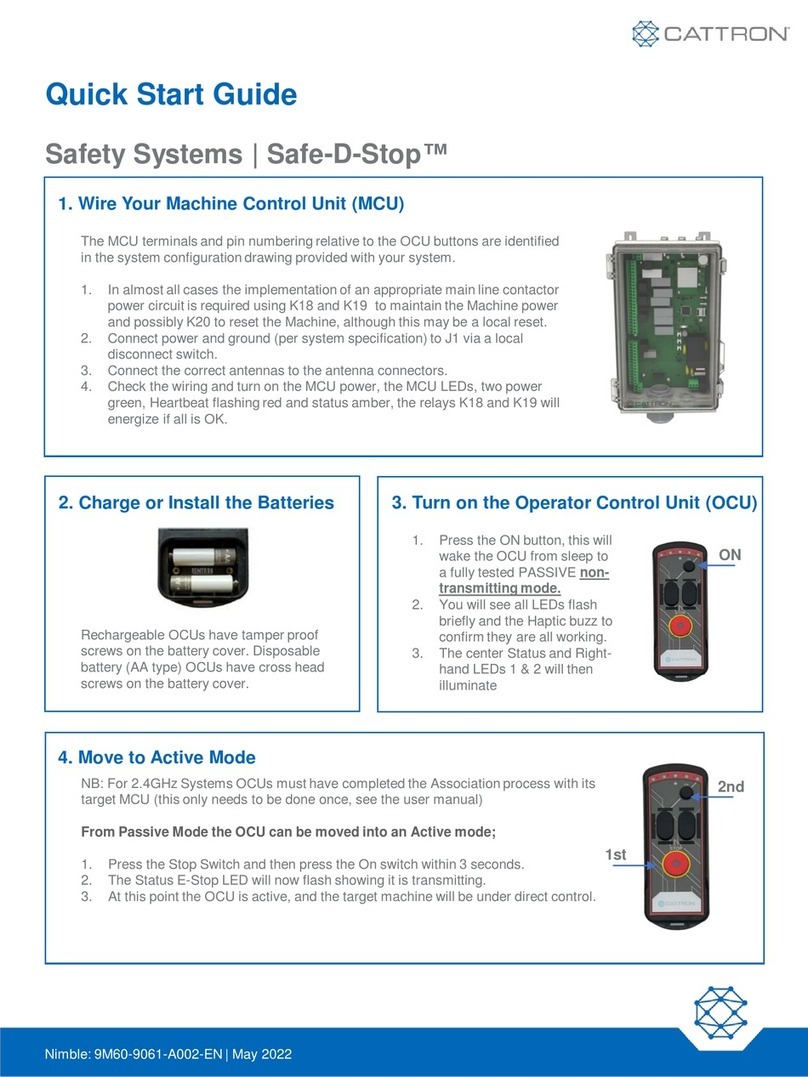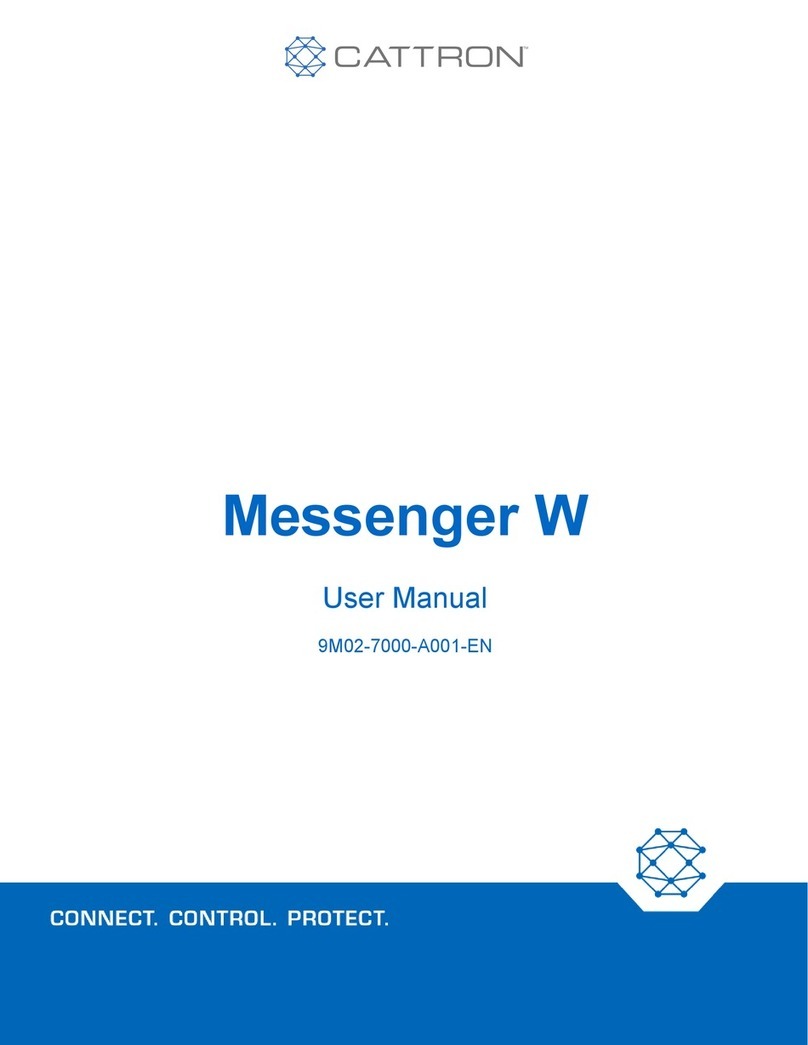6.8 PSD Belt Clip...............................................................................................................................25
7. Battery Chargers..................................................................................................................................26
7.1 General Information ....................................................................................................................26
7.2 Caution........................................................................................................................................26
7.3 Single Bay Charger.....................................................................................................................27
7.4 Six-Bay Charger..........................................................................................................................27
7.5 Battery Charger Status and Indicators........................................................................................28
8. MSD.....................................................................................................................................................29
8.1 MSD Overview ............................................................................................................................29
8.2 MSD Connections .......................................................................................................................29
8.3 MSD Status Indicators ................................................................................................................35
8.4 MSD Operational States .............................................................................................................36
8.5 MSD Information and Setup........................................................................................................36
8.6 MSD Ethernet Address Configuration.........................................................................................37
8.7 MSD Operation............................................................................................................................40
8.8 MSD Installation..........................................................................................................................40
9. System Commissioning .......................................................................................................................46
10. System Decommissioning................................................................................................................47
11. Parts Lists.........................................................................................................................................48
11.1 System Part Numbers.................................................................................................................48
11.2 Accessory Parts Lists..................................................................................................................49
12. Maintenance.....................................................................................................................................50
12.1 PSD Maintenance .......................................................................................................................50
12.2 MSD Maintenance.......................................................................................................................50
Appendix I: Part Number Unit Configuration...............................................................................................52
Appendix II: RF Channel Number vs Operating Frequency .......................................................................54
Band B (433-434MHz).............................................................................................................................54
Band D (450-470MHz).............................................................................................................................54
Band F (902-927MHz).............................................................................................................................54
Appendix III: Approvals and Compliance Notifications ...............................................................................56
FCC Caution............................................................................................................................................56
EU Caution ..............................................................................................................................................56
Appendix IV: Troubleshooting.....................................................................................................................57
System.....................................................................................................................................................57
PSD .........................................................................................................................................................58
MSD.........................................................................................................................................................59
Battery Charger .......................................................................................................................................59































